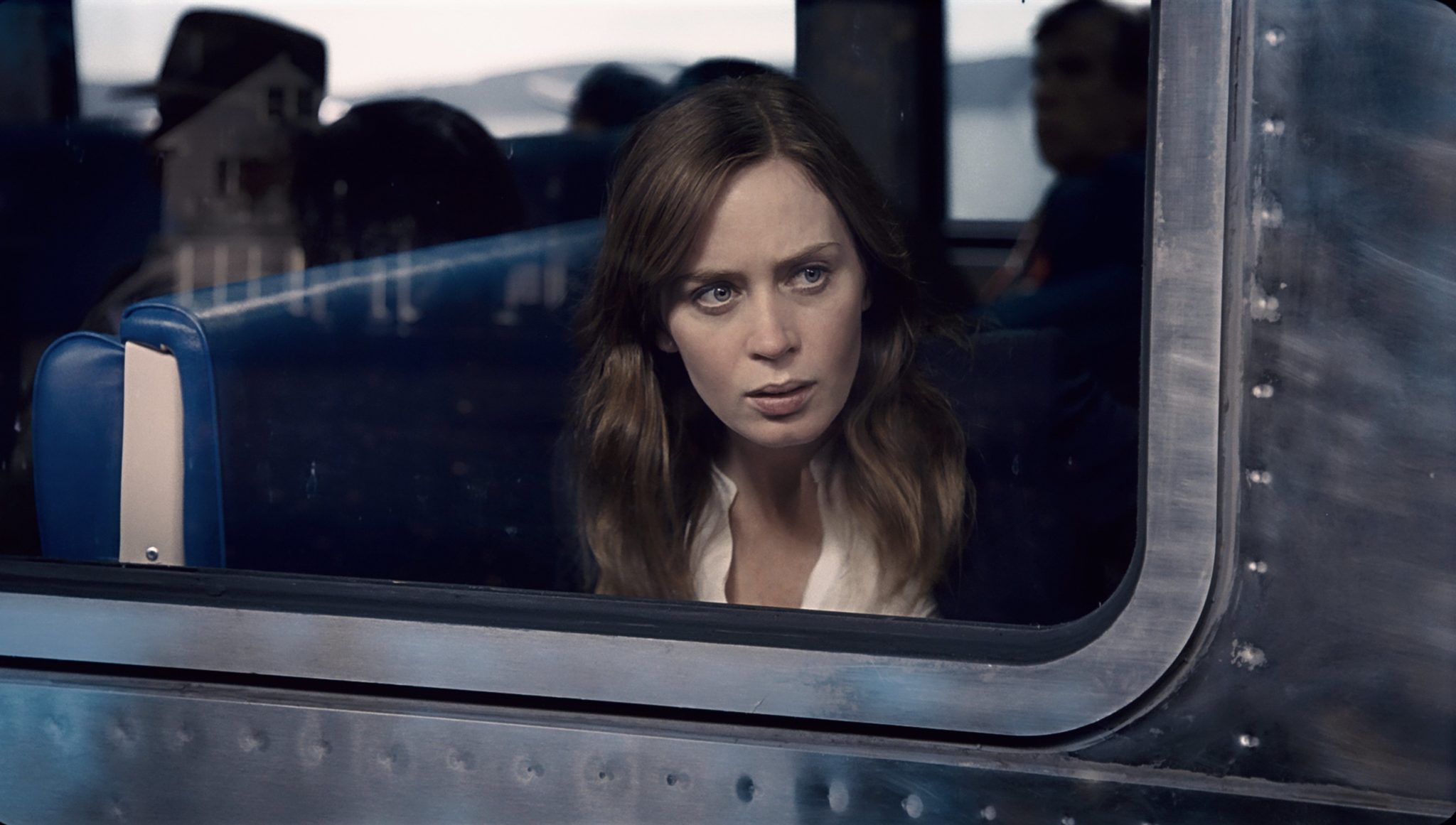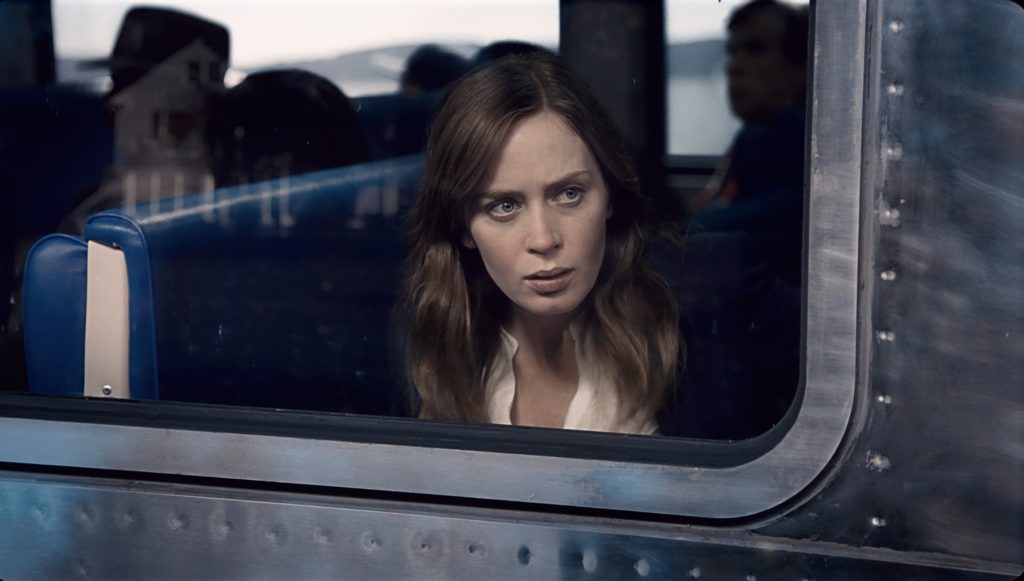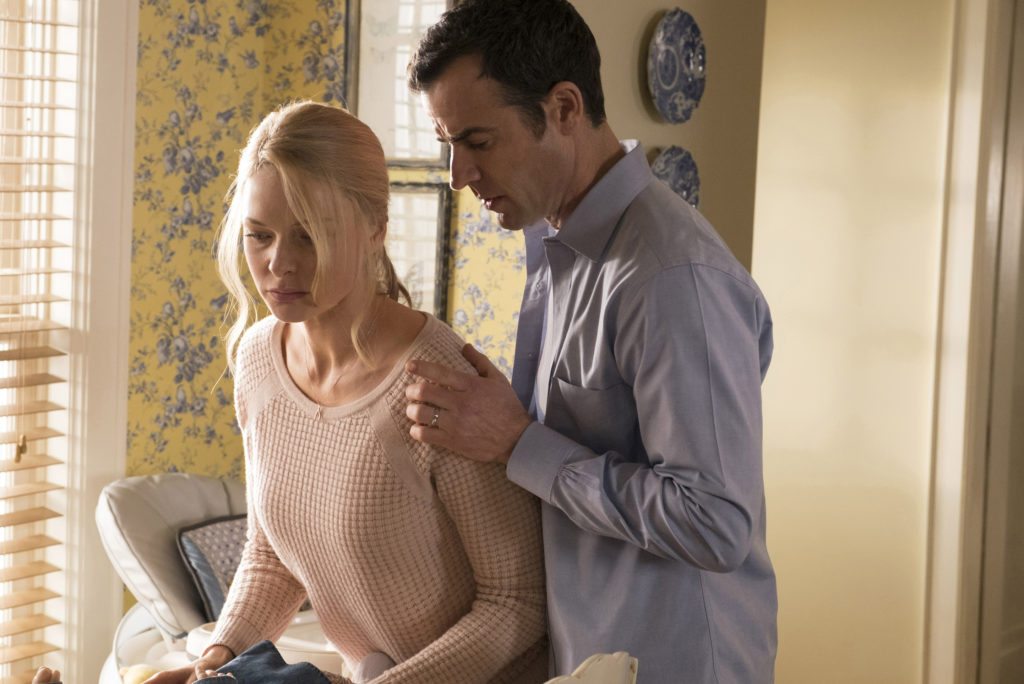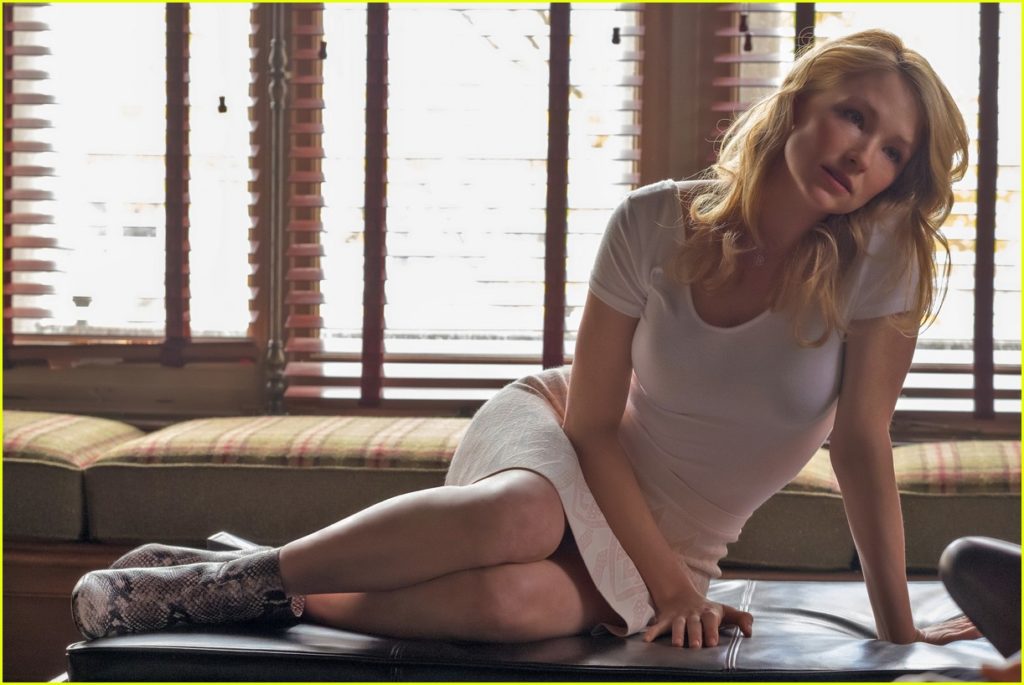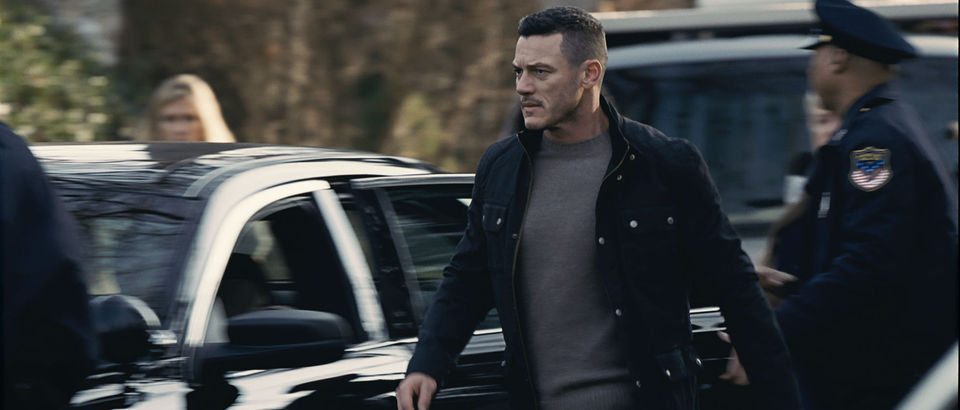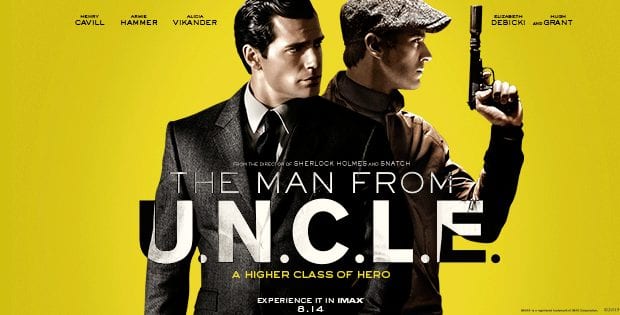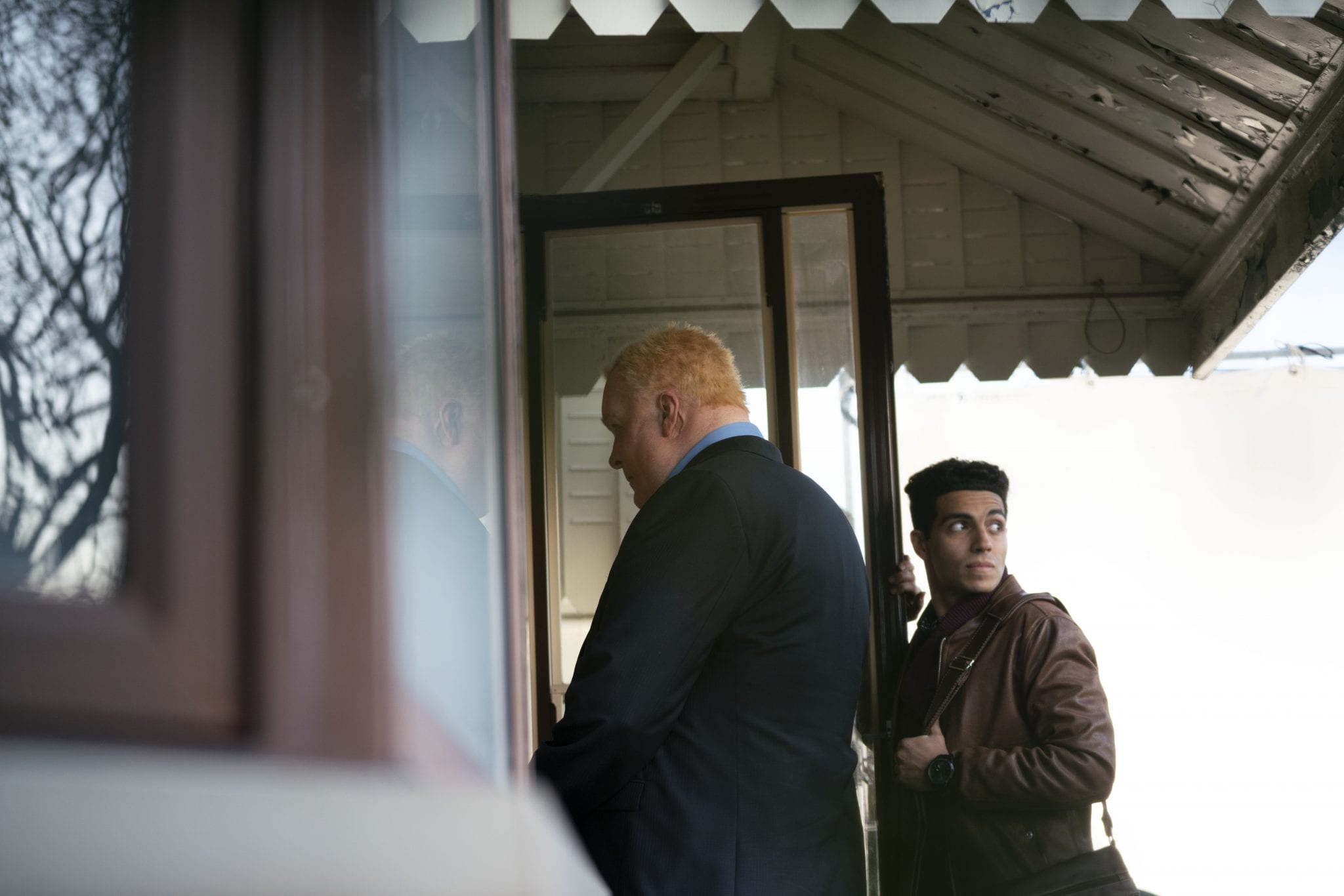To be clear, I had not read Paula Hawkins’ thriller before seeing the stories of three suburban women unfold onscreen in Tate Taylor’s (The Help, Get on Up) cinematic version of?The Girl on the Train. Like?Gone Girl, I had the sense early that the gradient versions of ‘good’ and ‘evil’ would filter differently as the events played out in front of me, but even greater themes were at work here. As I unpacked the story of Rachel Watson (Blunt) and her voyeuristic view from the passenger train, I realized that much more was at stake here than a simple thriller.
For those who haven’t heard the story, let me simply say that it revolves around Watson. She’s the ex-wife of Tom (Justin Theroux) and still bears the marks of his affair with his new wife, Anna (Rebecca ?Ferguson). But she comforts herself by imagining the perfect life of Megan Hipwell (Haley Bennett) and her husband, Scott (Luke Evans), who are next-door neighbors of Tom’s. This is unfortunately complicated when Tom and Anna hire Megan to be their nanny. All of this is watched by Rachel as she commutes to the city each day.
We recognize that all is not right in the world of Anna – she wants to be a mother but lacks the necessary mindset to put her child above herself. We see that Megan wants more for her life, but plays the part that each of the men in her life want from her, whether it’s subservient or aggressive. We watch Rachel’s life revolve around drinking herself into oblivion, both in the present and in the past, presented in flashbacks. All of these women are flawed, but the way that the women are presented pales in comparison to the way that we’ll see the men by the end of the film.
But as the film unravels, mirroring Rachel’s own mental unravelling, we see that we can’t necessarily believe what we see, or hear, or understand about the narrative in front of us. This is a net result of the way that alcohol clouds Rachel’s judgment and memory; in fact, her alcoholism carries with it blackouts that require her to rely on others to know what happened to her or what she did herself. (This seems to be the kind of warning narrative we might show to those wondering how alcohol is harmful, but the impact of the drinking is overshadowed.)
The other impact on the narrative and our understanding of truth is the sheer amount of lying that each of the people in the story participate in. With each other, to others. While Rachel is our protagonist (we think), she begins to involve herself in the lives of the other major characters and lying about her whereabouts, motivations, and perceptions. Even while she appears to be aimed at doing something good, she continues to lie, spinning a spirit of deception that extends throughout most of the film.
But when the crime that serves as the catalyst occurs, one person’s actions are ended, even as the deception continues. At this point, the film switches from psychoanalyzing Rachel to exploring the mystery of the crime. And honestly, the switch led to a mindset that seemed motivated in a battle of the sexes.
While none of these characters end up being Noble Peace Prize winners, the women lie and the men are violent, manipulating, even psychopathic. Ultimately, Rachel’s resolution of the situation comes about when she resorts to engaging in ‘male’ behavior as depicted in the film; the violence she must resort to is the way we’ve been shone that healing must happen. It is not enough for to take back her life and kick addiction to the curb; she must dive into the masculine world and invoke violence as her right.
Ultimately, I found?The Girl on the Train?entertaining and provocative. But I found myself disturbed by the fact that the plays for sexuality by the women, manipulating and powerful, were given the nod for acceptable behavior, and the men’s verbal and physical violence was evil. I would say?that both genders did violence to each other, through manipulation physically, emotionally, and mentally, breaking down a world of love and trust that should occur in marriage and loving relationships. The downfall was widespread – and even the liberating factor proves that the cycle is broken by more of the same.
Special features include deleted and extended scenes, a look at The Women behind The Girl, “On Board the Train,” and a feature-length commentary by director Tate Taylor. Now available on Blu-ray, DVD, and Digital HD.?

